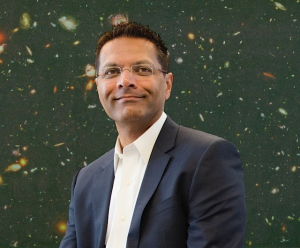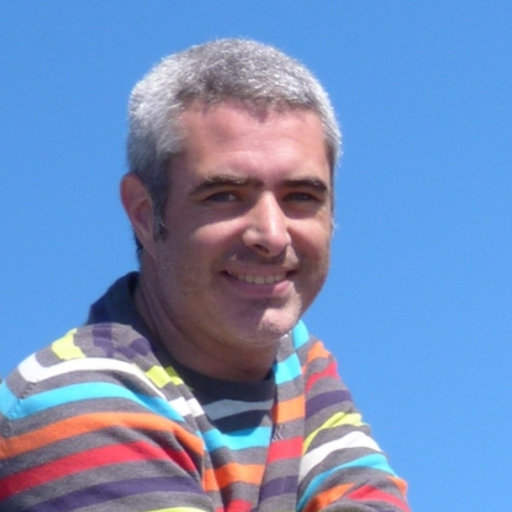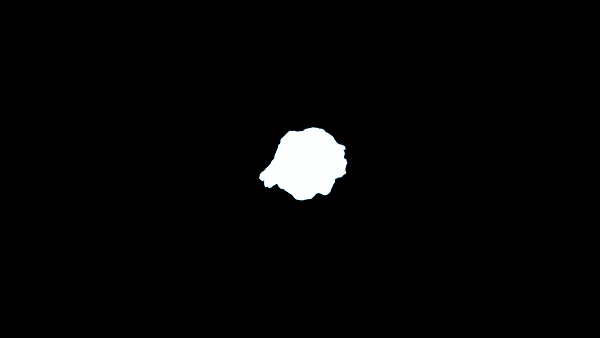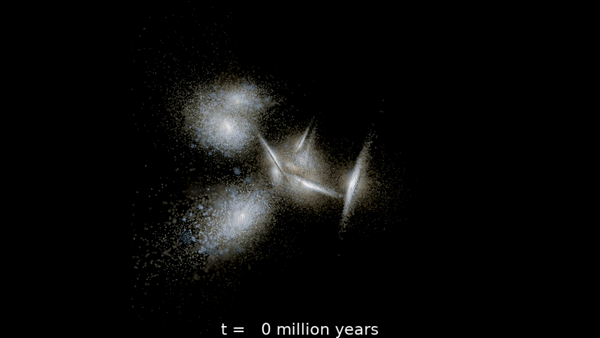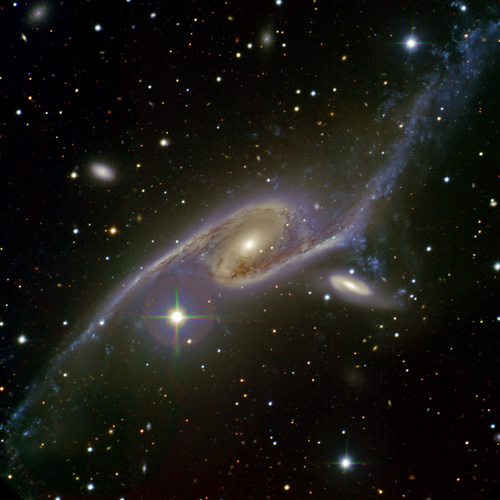
Our team studies how the various components of the universe--gas, dark matter, stars and galaxies--evolved into what they are today. We test theories about the origins of galaxies--such as our own Milky Way galaxy--as well as groups of galaxies and massive clusters of galaxies using powerful supercomputers that can simulate the progression of the universe since the Big Bang, and replicate its nearly 14 billion-year-old history. Since the beginning of human civilization we have been wondering how the universe came into being, how and when stars were born, and how life evolved. It's a fascinating riddle that we enjoy working on.
The aim of our research programme is not only to understand how the dark matter coalesces to form discreet structure, but also to develop physical insights into what happens to the gas and galaxies as this process unfolds.
|
|
|
|
|
We will list these very soon...

Douglas Rennehan
Email: douglas dot rennehan at gmail dot com
